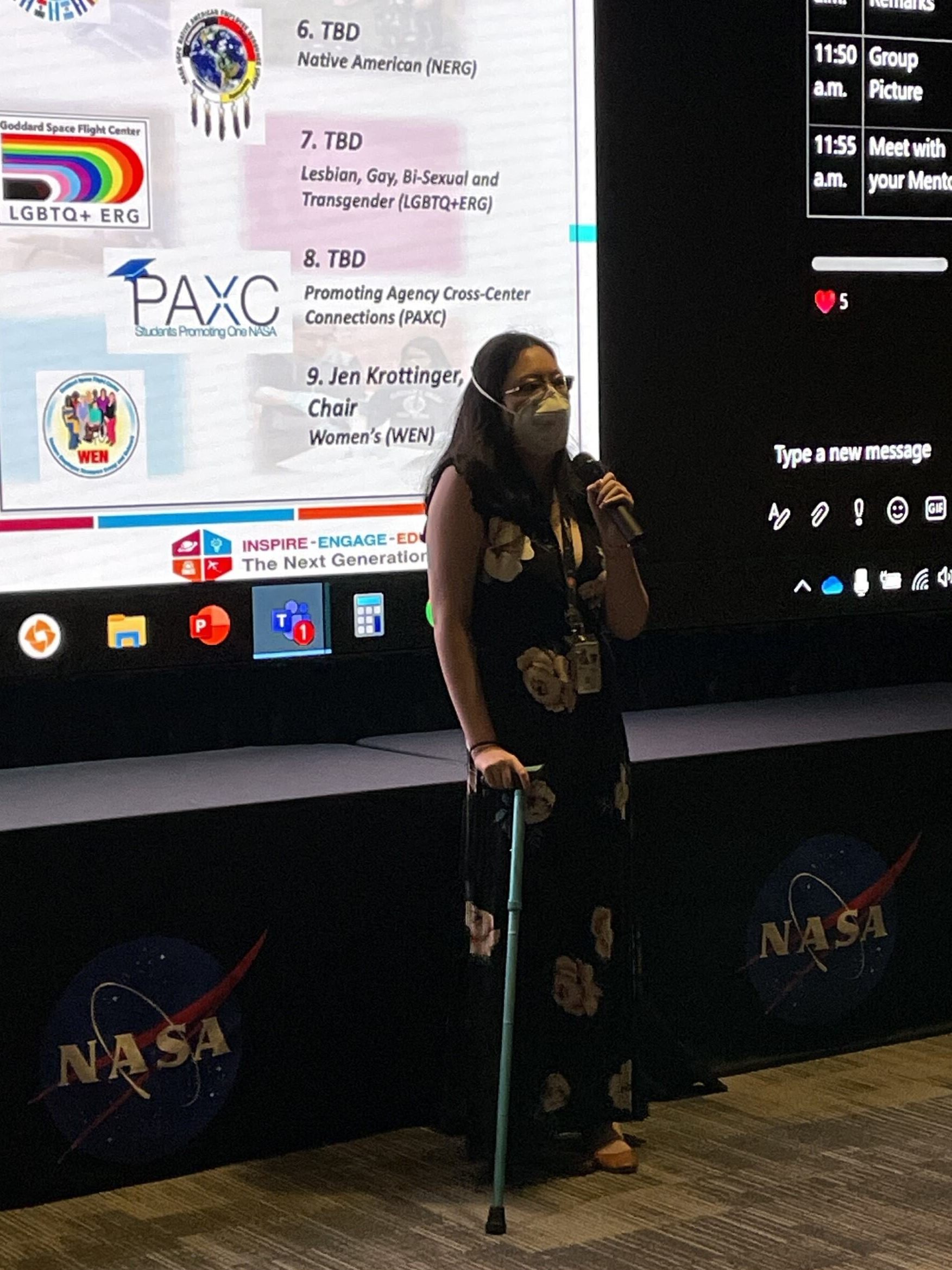5 min read
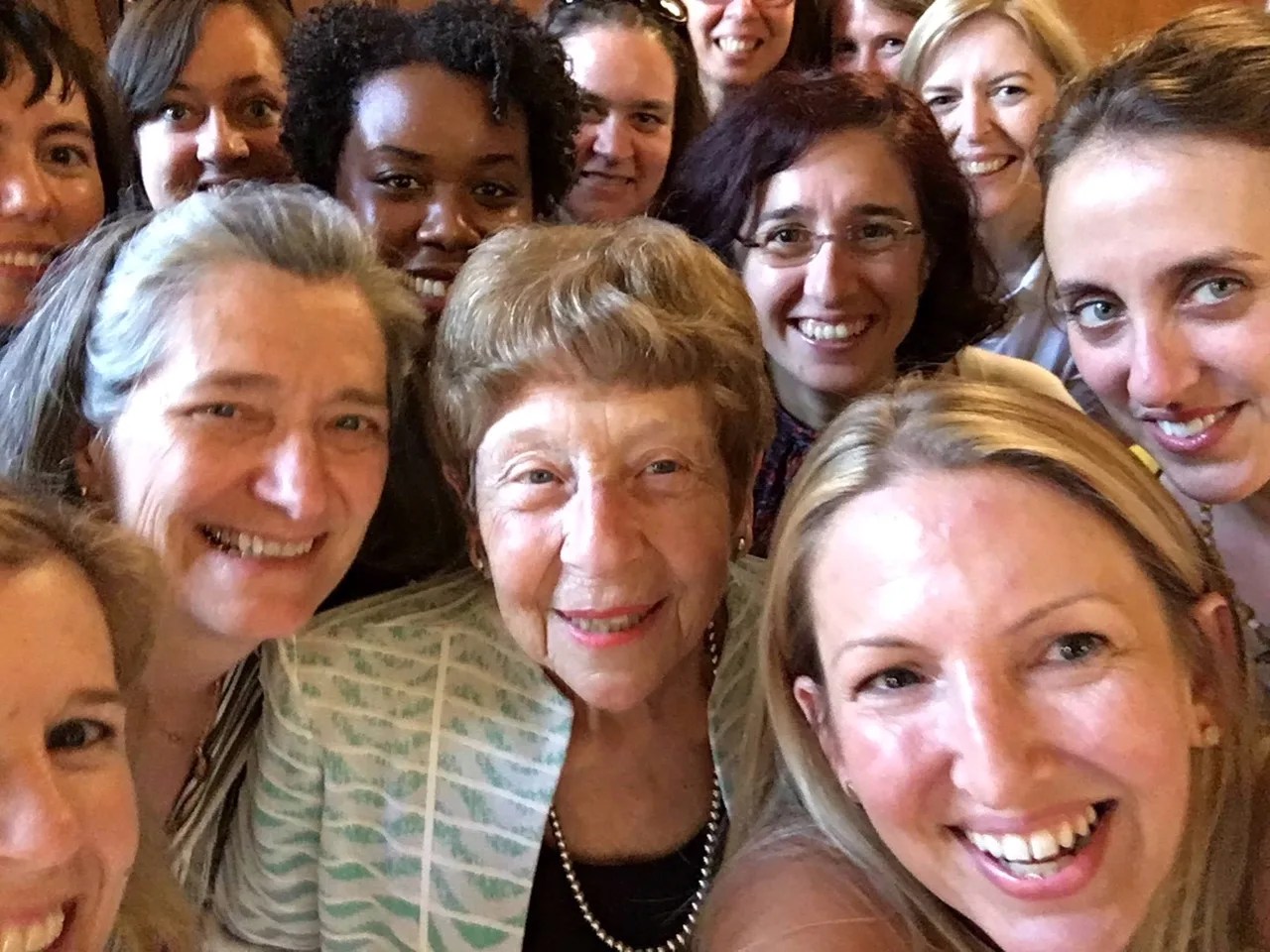
“I was running a pub in the North of England after dropping out of college, and as fate would have it, I met a lovely American physics lecturer Dr. Jim Gotaas,” said Abi Rymer (shown above in the bottom right of the group photo). Abi works on the Europa Clipper mission.
“I was sold on a course he ran on Observational Astronomy and Instrumentation at the University of Central Lancashire in Preston, Lancashire and I went from there to join the second year of the Physics and Astronomy at Royal Holloway, part of London University. I loved theoretical physics but never imagined I was talented enough to do a PhD. When I graduated, I was shocked to be top of the year.”
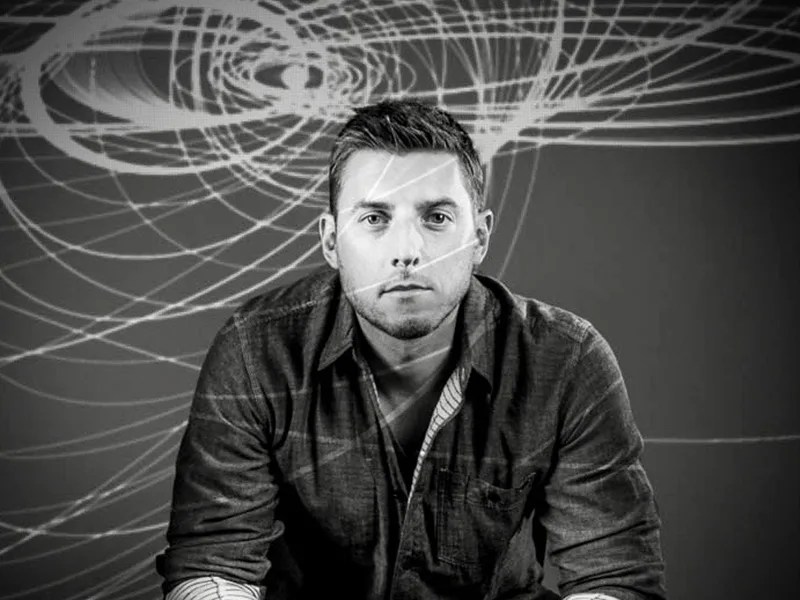
“Within seven months of being at JPL,” says Brent Buffington, a mission design manager, “I figured out we could modify the Cassini Prime Mission trajectory to fly very close to the moon Tethys—a moon that didn’t have any close flybys in the original Prime Mission—and simultaneously lower a planned 621-mile (1,000-kilometer) targeted flyby of Hyperion down to 311 miles (500 kilometers). To be this young buck fresh out of grad school standing in front of a room full of seasoned engineers and scientists, trying to convince them that this was the right thing to do with a multi-billion dollar asset, and ultimately getting the trajectory modification approved was extremely rewarding.”
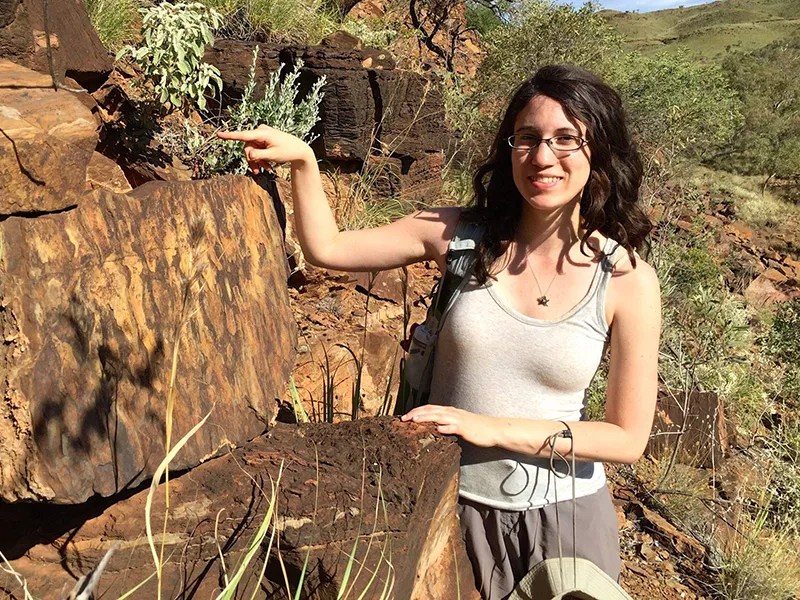
“Geochemical evidence suggests that between 4 and 2.5 billion years ago, there may have been an intermittent haze in the atmosphere of Earth similar to the haze in the atmosphere of Saturn’s moon Titan,” says astrobiologist Giada Arney. “It's a really alien phase of Earth's history —our planet wouldn't have been a pale blue dot, it would have been a pale orange dot. We thought about questions like: What would our planet look like if you were looking at it as an exoplanet? How you might infer biosignatures—the signs of life—from looking at such an alien planet?”
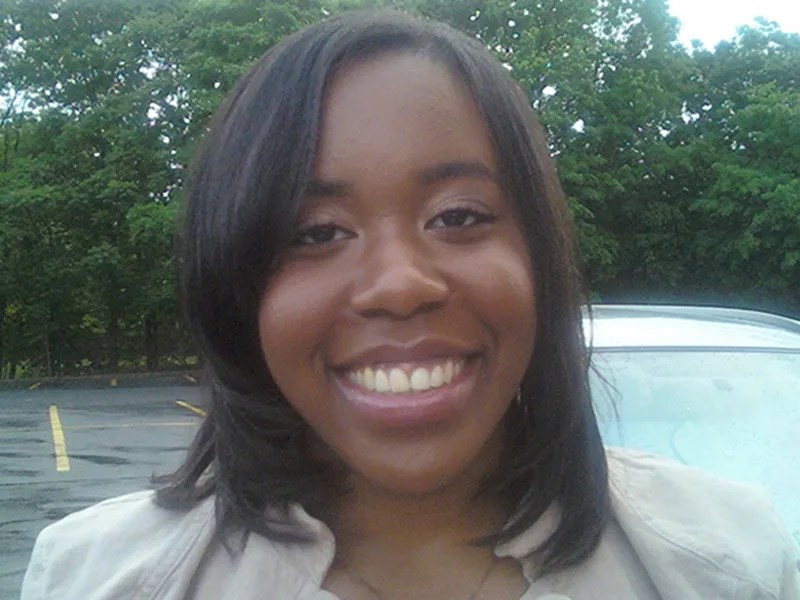
“I spent the summer after graduating from studying Mars' remnant magnetic field in the Planetary Magnetospheres Lab at NASA Goddard Space Flight Center,” says planetary geophysicist Lynnae Quick. “My advisor, Mario Acuña, showed me how to bring up Mars Global Surveyor (MGS) images of the Martian surface on my computer. This was the first time I'd ever laid eyes, firsthand, on images of another planet's surface returned from a spacecraft. I remember just being in awe.
“My second favorite moment has to be pouring over mosaics of Europa and learning to identify and map chaos regions, impact craters and other surface units during my first summer at APL. Once again, I felt that there was a whole other alien world at my fingertips.”
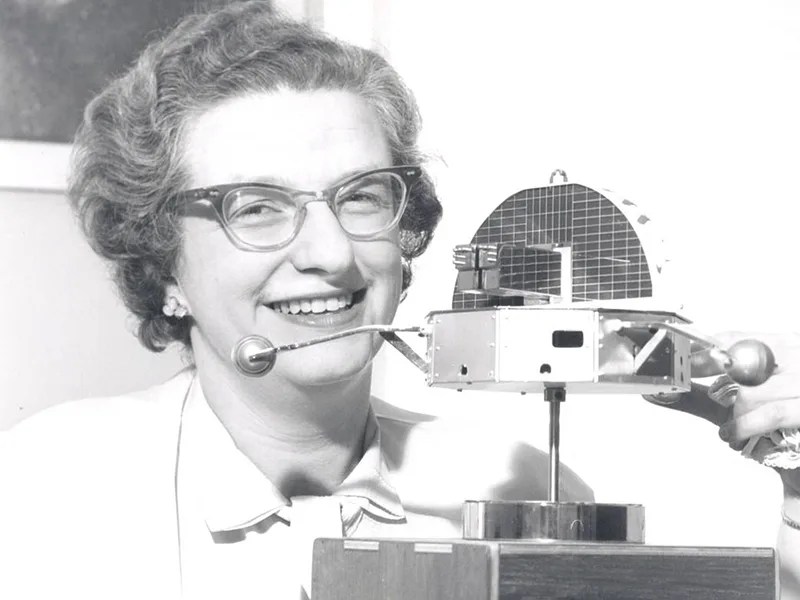
“A few months after NASA was formed I was asked if I knew anyone who would like to set up a program in space astronomy,” says Nancy Roman, a retired NASA astronomer. “I knew that taking on this responsibility would mean that I could no longer do research, but the challenge of formulating a program from scratch that I believed would influence astronomy for decades to come was too great to resist.”
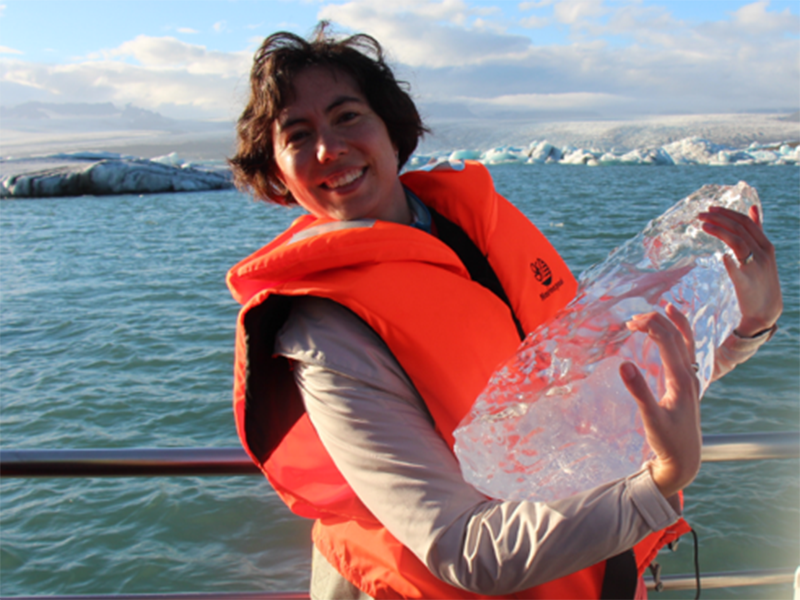
“I took Planetary Surfaces with Bruce Murray (whom I later found out had been JPL’s fifth director) and did a presentation on Europa's chaos terrains,” say Serina Diniega, an investigation scientist on the Europa Clipper mission. “I was fascinated to learn about the different models proposed for the formation of these enigmatic features and the way in which scientists tried to discriminate between the models while having very limited observational data. In this, I realized I’d found my application: modeling the evolution of planetary landforms."
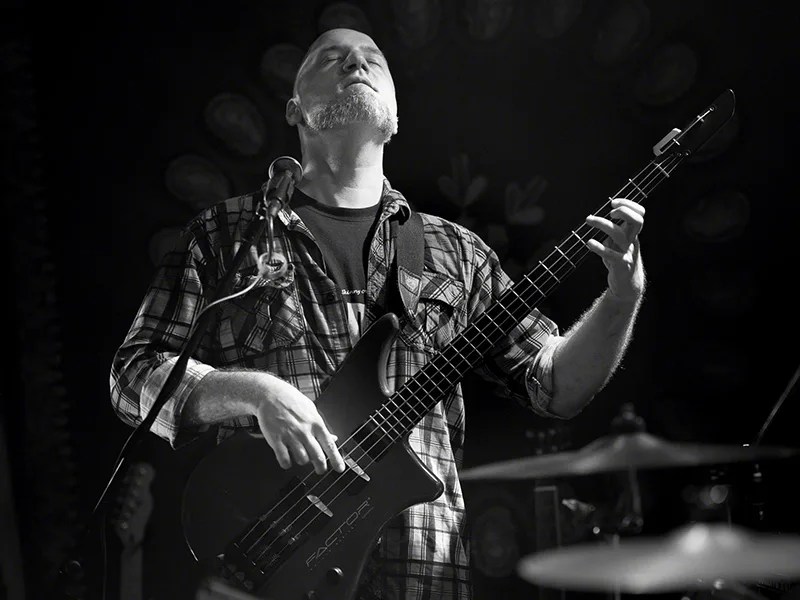
“I admire people who dedicate themselves 110 percent to what they do,” says Warren Kaye, a software engineer. “People like the recently deceased Stephen Hawking, who rose above his own physical limitations to develop new scientific theories, or Frank Zappa, who was able to produce something like 50 albums worth of music over a 20-year span.”
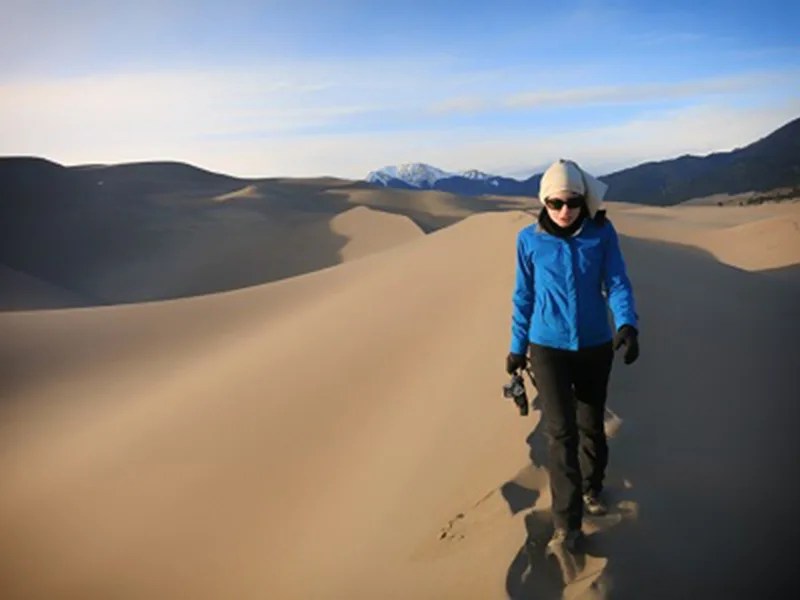
“I got to pick what the camera took pictures of in a given week, and then analyze those pictures from the standpoint of a geologist,” says Tanya Harrison, a planetary scientist. “There aren't many people in the world who get paid to take pictures of Mars every day! Seeing the first images...It was almost surreal -- not only are you picking what to take pictures of on Mars, you're also typically the first person on Earth to see those pictures when they come back from Mars.”
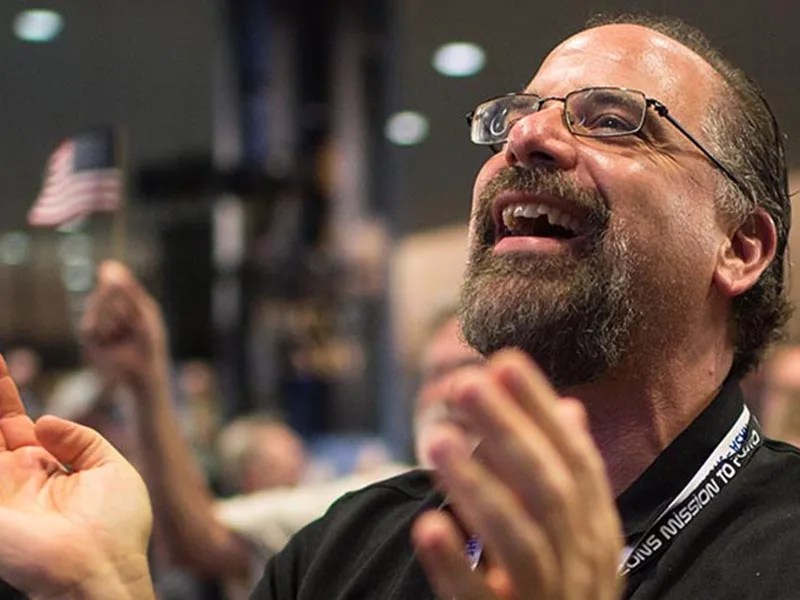
As a child, what did you want to be when you grew up?
“A scientist,” says Casey Lisse, a scientist on NASA’s New Horizons mission to Pluto and the Kuiper Belt.
At what point did you determine that you would become a scientist?
“Age 5.”
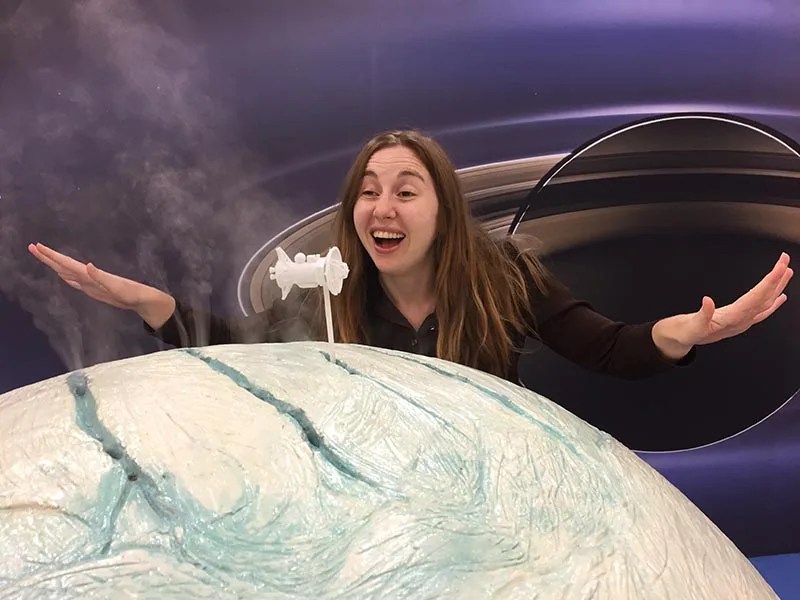
“Throughout my life, I’ve gone from being an extremely shy introvert to more of an outgoing extrovert,” says science writer Elizabeth Landau. “It’s been a gradual uphill climb. I used to be super shy. When I was really young, I felt like I didn't know how to talk to other kids. I was amazed by how people fluidly spoke to each other without thinking too hard about it, without appearing to have any kind of embarrassment or reservation about what they were saying. I've definitely developed confidence over time—now I can very quickly and comfortably switch from talking about something like physics to personal matters, and be totally open to listening to others as well.”


